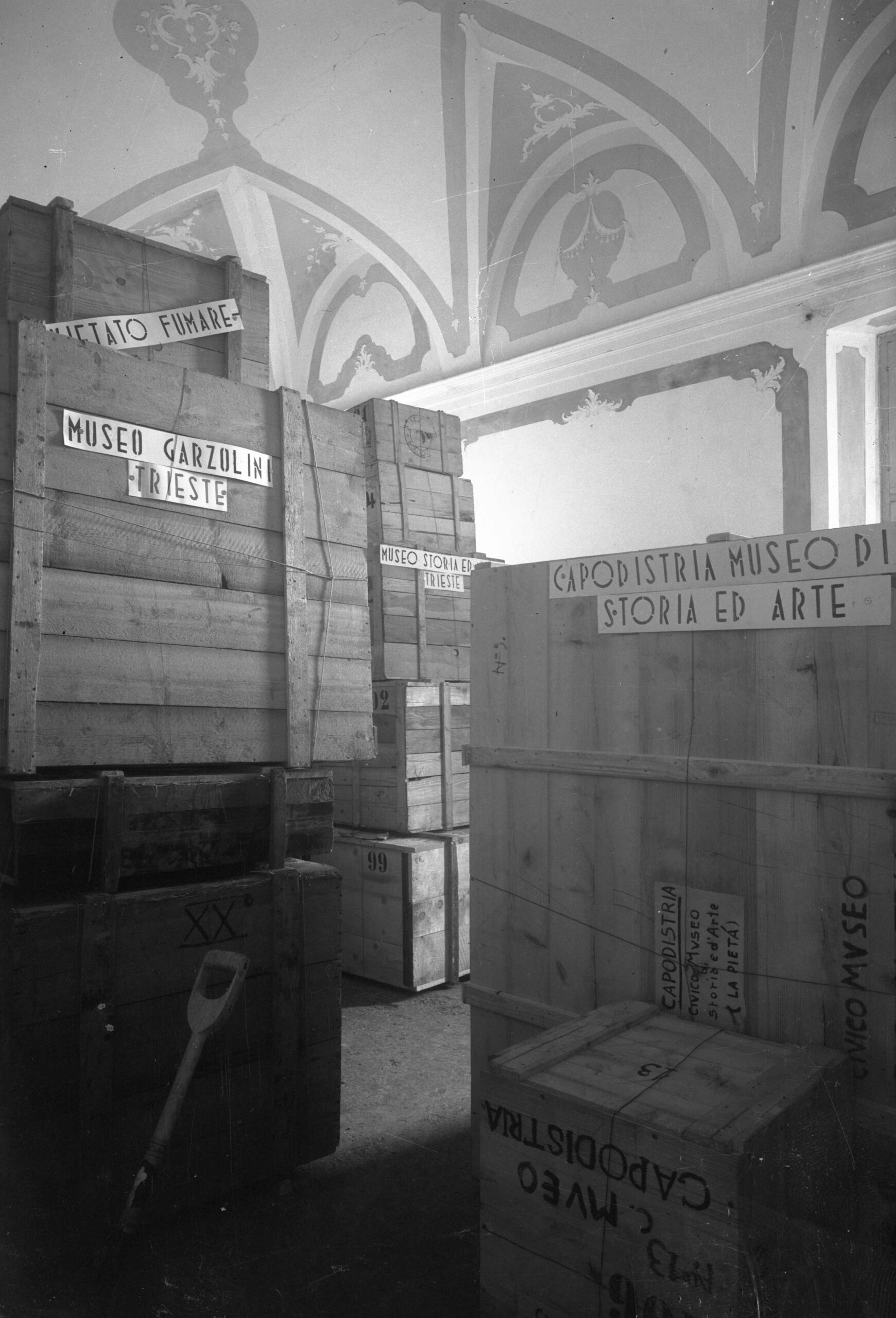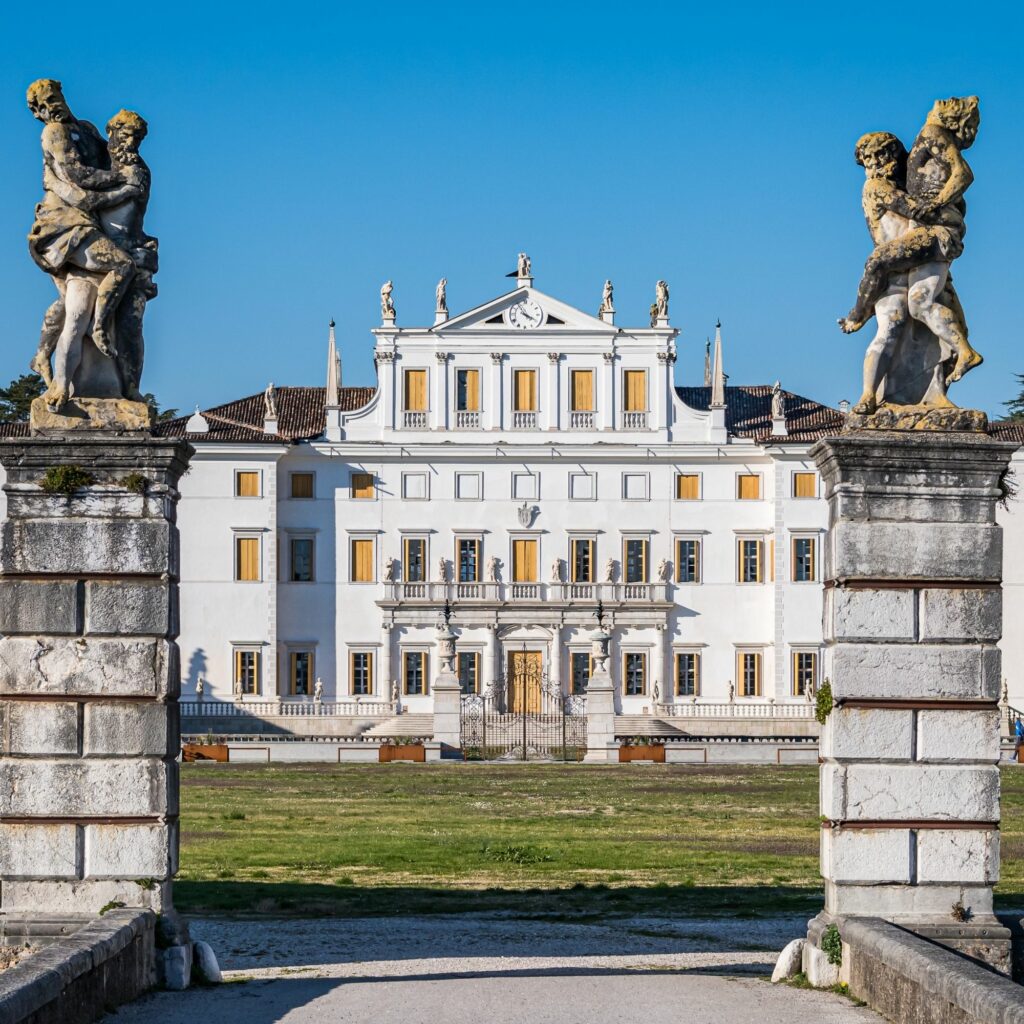From World Wars to cultural renaissance
During the 20th century, Villa Manin was inevitably affected by the events of war and particularly during the First World War, the proximity of the villa to the front made it very vulnerable.
Villa Manin at the time of Caporetto and the First World War
Particularly after the disastrous defeat at Caporetto, Villa Manin was crossed by retreating troops. The villa was also in the theatre of war during the Battle of Codroipo, which on 30 October 1917 saw over 300,000 Italian soldiers defend themselves against four German divisions.
Already used as a military hospital and as such visited by Victor Emmanuel III, following the retreat of the front as far as the Piave River it was chosen as the headquarters of the staffs of Emperor Charles I for the Hapsburgs and Kaiser Wilhelm II for the Hohenzollerns of Prussia.
World War II: A Refuge for Works of Art
The villa found a new function between 1940 and 1943, during the Second World War: its isolated location and large rooms led the Superintendency to choose it as a place for temporary storage of works of art from Friuli and Istria.
The villa was later occupied by German troops.
In the meantime, the partisan struggle, masterfully described in the novel Il Ghebo by Elio Bartolini, flares up in the surrounding area. Its protagonists used the Passariano paper mill, a few kilometres away from the villa, as a base for their military actions.
At the end of the war, it was occupied by the Allied troops.

Decline and Rebirth
In the course of the 20th century, family quarrels, the progressive dissolution of the large landed estate, the extremely high cost of maintaining the park and the building, which was repeatedly looted by troops and the population, led the villa to a slow but inexorable decline.
In 1961, in order to safeguard the villa, the Ministry of Education intervened, imposing the expropriation of the complex in favour of the Ente Ville Venete, which oversaw its restoration.
In 1969 the villa passed into the hands of the Autonomous Region of Friuli Venezia Giulia, which purchased the 8500 m2 of the buildings and the 18 hectares of the park and opened it to the public on the occasion of the famous exhibition dedicated to Giovanbattista Tiepolo in 1971.
Villa Manin is thus not only an extraordinary piece of architecture and testimony to centuries of history, but also a famous venue for exhibitions and cultural activities in general.
The villa’s park is accessible free of charge.

Learn more:
The history of Villa Manin
How to visit Villa Manin